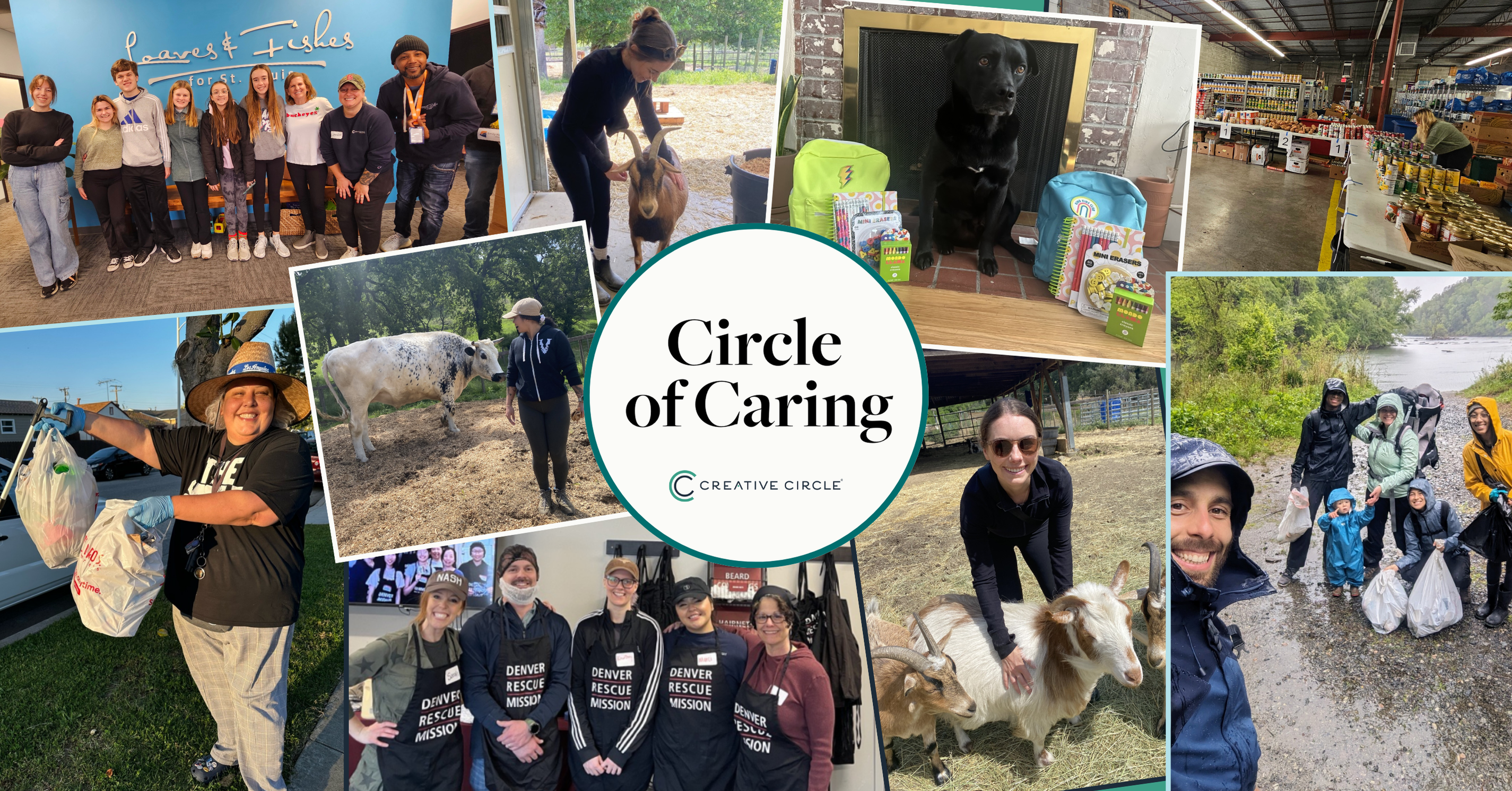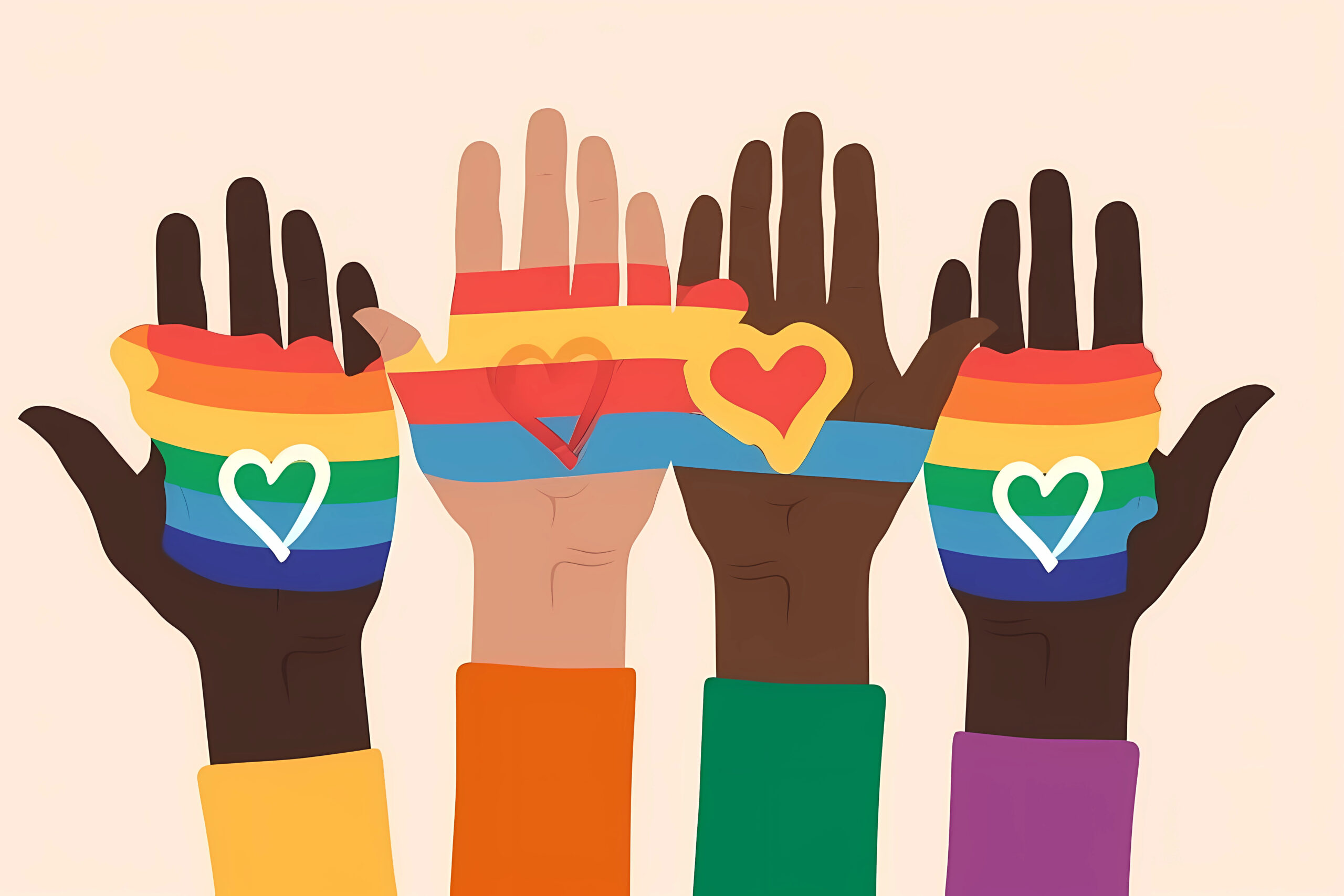How keen are your critical thinking skills? Wait a sec — don’t rush to judgment. Find out now. Tackle a sample question from TestPartnership.com. It consists of a passage, followed by a conclusion and several answers; those multiple choices reflect the possible relationship between the information in the passage and the conclusion. Pick the best response — the one that accurately links the two. Do so by reading everything completely. Base your selection solely on the facts given here. Note: There is only one right answer. Here you go….
Passage:
The Red Bus stops every 10 minutes. The Green Bus stops every 20 minutes. Both buses stop at Lansdowne Road. The Red Bus has twice as many stops as the Green Bus.
Conclusion:
The two buses never stop at Lansdowne Road at the same time.
Answer Choices:
1) True
2) Insufficient Data
3) False
Finished with this one? Try another. Then see how you did on both.
Passage:
Multivitamins supplements containing all vitamin types are taken by an average of 30% of adults. Many have Vitamin D deficiency — the production of which is aided by sunlight. Daily takers tend to be more health-conscious than others. People may rely on multivitamins to prevent deficiencies.
Conclusion:
Multivitamin supplements are always taken daily.
Answer Choices:
1) Conclusion Follows
2) Conclusion Does Not Follow
The correct answers are: 2) Insufficient Data for the first; and 2) Conclusion Does Not Follow for the second. Did you score 100%? If so, don’t get smug about it. According to the source, “These example questions will be easier than those in the real test, which will contain questions of varying difficulty.”
Huh, “real test,” what’s that? It’s the actual use of items like these to gauge a person’s critical thinking aptitude. Does this happen? The correct (and only answer) is yes. Some professions routinely go this route. They administer exams that combine critical thinking with other reasoning and knowledge-based assessments to prequalify candidates. Law enforcement does so as a preliminary means to screen would-be police officers, corrections and probations officers, court officers, and dispatchers. The same goes for firefighters, criminologists, and supervisors. There’s more. During job interviews, hopefuls may have to respond to open-ended questions designed to judge their critical thinking. Even before that, some companies ask job candidates to take a critical thinking test as the first step in the interviewing process.
I know about this last initiative firsthand. In vying for an opening as a senior writer/analyst, I found out when scheduled for an interview that I would start with an on-site critical thinking test. Apparently, everyone applying for a job at this firm had to do this. So when I arrived for my interview, I was escorted to a workstation. On cue, I began working through a sizable series of critical thinking questions. The clock ticked; this was a timed exercise. Resigned to this requirement, I found it fun. But I prepared in advance on my own, starting with learning about what critical thinking is.
What Is Critical Thinking?
The meaning of critical thinking is not what may pop into your mind when you first come across the term. Many may view the word “critical” in its negative or unfavorable context. Critical thinking is essentially the opposite of that. The rationale of critical thinking is to weed out all bias, both bad and good. It aims to get an untainted understanding of what’s going on.
What should you believe in a certain situation? What should you do? The hallmark of critical thinking is to use “purposeful reflective judgment” to reach a decision or course of action. Logic guides critical thinkers; that is, logic, marked by meticulous attention to detail. Critical thinking inquires. It explores. It teases out subtleties.
Who knows more about critical thinking than an organization devoted to it? The Foundation for Critical Thinking promotes training and education in this skill set. The group advocates for the clarity and value neutrality that result from using it. They note: “Critical thinking cultivates substance and true intellectual discipline.” Easy and spontaneous it is not. “It entails rigorous self-reflection and open mindedness.” Critical thinkers get to the core of an issue through fine-tuned reasoning.
Now about that reasoning — we all think, right? So what’s the fuss about critical thinking? The Foundation explains. Critical thinking “embodies intellectual empathy, intellectual humility, intellectual perseverance, intellectual integrity, and intellectual responsibility.” That’s a whole lot of “intellectual.” This repeated use drives home a major point. Critical thinking is deliberate and focused. It snuffs out facts; then it separates them from fiction. Above all, it filters preconceived notions to achieve its goal. And that is objectivity.
Now for the formal definition:
Critical thinking is the intellectually disciplined process of actively and skillfully conceptualizing, applying, analyzing, synthesizing, and/or evaluating information gathered from, or generated by, observation, experience, reflection, reasoning, or communication, as a guide to belief and action.
What Do You Know at Face Value? An Ancient Philosopher Said: ‘Nothing’
That’s a mouthful, that definition of critical thinking from The Foundation. In line with the nature of this thorough, complex process, it captures its full essence. That said, let’s check with others for a user friendly, working understanding.
The Miniature Guide on Critical Thinking is perfect for this purpose. It offers the following definition. “Critical thinking is the art of analyzing and evaluating thinking with a view to improving it.” To hone this capability, critical thinkers “question information, conclusions, and points of view. They strive to be clear, accurate, precise, and relevant.” What’s more, they do a deep dive. They “think below the surface, to be logical, and fair.”
Here’s another view. Critical thinking pertains to “judging the true value of statements and seeking errors.” Wikipedia describes this subject as “complex.” It notes that definitions vary; yet they align on several key points. Those have to do with “rational, skeptical, unbiased analysis, or evaluation of factual evidence.”
In case you were wondering, critical thinking has been around a long time. That horizon is not quite eons but thousands of years. The Foundation provides a rough count. “Critical thinking is a rich concept that has been developing throughout the past 2,500 years.” Why does it cite that number? That timeframe coincides with “the teaching practice and vision of Socrates 2,500 years ago who discovered by a method of probing questioning that people could not rationally justify their confident claims to knowledge.”
In other words, do not accept ideas at face value. They require validation. How? Closely examine evidence as well as the source, assumptions and implications surrounding it. Put everything through this sieve because, as Socrates said: “I know that I know nothing.”
“To maintain the state of doubt and to carry on systematic and protracted inquiry – these are the essentials of thinking” – John Dewey, often considered father of modern critical thinking.
Importance of Critical Thinking
Who benefits from critical thinking? Everyone. The positives that flow from it cut across all categories, groups, and situations. They culminate in two words that form a powerful advantage when put together: better decisions.
But let’s narrow the scope and focus on the work sector. How important is critical thinking in business? Very. Here’s a compelling proof point. The World Economic Forum positions critical thinking as “one of the most desirable skills to have in the workforce.”
The benefits by segment are:
Companies, Business and Hiring Managers
Without doubt, leaders and managers need to make the best possible decisions for their organization. That includes ensuring those who work there do so too. Both day-to-day and longer term thinking should revolve around logic, be systematic, open-minded, and devoid of emotion. Critical thinkers refuse to believe what they hear, see, and receive without proper vetting. Widely held beliefs must go under the microscope too. They question, analyze and come to their own conclusions. “To think differently, we need to think critically. Different thinking also generates creativity thus innovation.” That is one of the salient points expressed in “Why Critical Thinking Is Required for Better Decisions.”
Certain Occupations
Some roles require critical thinking on an out-and-out basis; it’s at the core of their on-the-job activities. People in these lines of work must process information impartially. They need well-honed analytical and observational skills, often on the spot. They cut through the clutter to get to the proper context and heart of a matter quickly and decisively. Indeed lays it out. “For career success in law, education, research, medical, finance and many other career fields, it’s important to display critical thinking skills. It’s an essential facet of any profession where the goal is to deduce information objectively without bias, analyze the content, solve creative problems and come up with realistic solutions.” See “Jobs That Require Critical Thinking Skills.”
Employees and Job Seekers: Resume Tips
Critical thinking is an asset for all career pathways. The same holds true for all stages of employment, including vying for a job. Critical thinkers are good problem solvers and communicators; these are valuable skills for every member of the workforce. Tips: Bring these capabilities to the forefront on resumes. Cite them as action items; add brief examples to substantiate. Also use words such as: analyze, evaluate, identify, interpret, resolve. Prepare to demonstrate critical thinking during interviews. Situational interviews test for this. Take a cue from the previous sentence — prepare. Start with “Situational Interviews and Stress Interviews: What to Make of Them and How to Succeed in Them.”
How Do You Become an Ace Critical Thinker?
As noted, becoming a critical thinking pro doesn’t come easy. Borrowing a line from The Foundation: “Excellence in thought… must be systematically cultivated.” The question is: How? Appreciate the process and familiarize yourself with it. Then practice, practice, practice.
What’s the drill? Different sources offer varying views of how to scale the critical thinking learning curve. The Foundation starts by dividing the method into two main buckets:
Analyze
Identify the purpose of an idea and question at issue as well as the information, inferences, assumptions, main concepts, and points of view.
Assess
Check for clarity, accuracy, precision, relevance, depth, breadth, significance, logic and fairness.
Then it fine tunes these principles into a succinct guide. “A well cultivated critical thinker” navigates the critical thinking highway as follows:
- Raises vital questions and problems — formulates them clearly and precisely
- Gathers and evaluates pertinent information — uses abstract ideas to interpret it
- Connects dots to form judicious conclusions — tests options against applicable standards
- Maintains open-mindedness – gauges assumptions, implications, practical consequences
- Communicates effectively with others to devise solutions and resolve complex problems
Indeed offers a short how to in the form of five steps to enhance critical thinking skills:
- Evaluate all new information
- Take the source into account
- Question, question, question
- Then do your own research
- Develop a conclusion
For another more descriptive viewpoint on this process, see The Steps of Critical Thinking section in “Critical Thinking Skills: Definition, Examples & How to Improve.”
What to Expect When You’re Testing
Know that critical thinking tests measure how adept a person is at five core skills. Here’s what they are and how they appear on tests, thanks to JobTestPrep.
Inference – How well can a person interpret a conclusion from the information provided? That’s what this skill is about. Questions of this type start with a statement of facts, which test takers must deem as true. What follows is a conclusion drawn from the opening paragraph and then various options. Which of the alternatives best represents this relationship? Is it true, false or any of the others?
Assumption Recognition – What are the assumptions in a statement? Critical thinking tests measure a person’s ability to arrive at certain conclusions based on the information offered. This type of question starts with a statement. What follows is a series of possible assumptions that may be drawn from it. Which of the choices is logically justified? The answer must be based only on what is there.
Deduction – “Deductive reasoning, also deductive logic, is the process of reasoning from one or more statements (premises) to reach a logical conclusion.” A test question starts with a statement or hypothesis. A set of options follows. Which one represents a logical conclusion that can be drawn from the opening paragraph? This gauges a person’s ability to process information and decide on the merit of the end point.
Interpretation – How does information relate to a conclusion? Does it follow beyond a reasonable doubt? This type of question weighs a person’s ability to process perspectives. On a test, it starts with a short paragraph, which must be deemed as true. Next comes a conclusion. What is the relationship between the two? The critical thinker must pick the best option given, from definitively true to various gradations.
Evaluation of Arguments – Critical thinkers apply logical reasoning when analyzing arguments. On tests, an item that measures this skill consists of a question followed by an argument. The test taker must establish whether that argument is strong or weak. Is it important and relate directly to the question? If so, it is strong. A weak argument is the opposite. Which option provided is the correct one?
Now for the Practice Part: C’mon, Try One More
The gold standard of critical thinking tests is the Watson Glaser Critical Thinking Appraisal (WGCTA). The business and academic spheres use it as well as others. More and more employers are gravitating to it as a pre-employment requirement. It helps them with the candidate selection process.
Test takers: Get ready to step lively. The word is that “all tests are timed.” So read carefully and answer away. What is the significance of the clock here? “The justification for this is that making informed decisions under time constraints is more demanding.”
WGCTA comprises five sections in line with the main skills outlined above. Each section has a time limit — no going back after the time expires, you’re done. The online format now prevails. For that reason, practice in that format to get used to the experience. That’s what I did and highly recommend it. And, as suggested, try to enjoy this exercise. As in most things, a positive attitude helps.
How much have you learned about critical thinking up to this point? Here’s another sample to try, this time directly from Watson Glaser. Work on it directly below or online as part of a larger test. You have 2 minutes and 45 seconds to finish it.
Statement:
One hundred young adults in their 20s and 30s paid to participate in a recent speed dating event at a bar in a big city. At this event, education and occupation were the most commonly discussed topics among the speed daters, because young adults today view these topics as the most important for fining an ideal partner.
Conclusion:
A majority of young adults had not previously discussed the topics of education and occupation with their previous potential partners.
Answers:
True
Probably True
Insufficient Data
Probably False
Hope you did better than I on this one. The correct response is 4) Probably False. That brings to mind one more thing about critical thinking skills — it’s good to refresh them at times.
About the author.
You name it, she covers it. That’s the can-do attitude Sherry M. Adler brings to the craft of writing. A polished marketing and communications professional, she has a passion for learning and the world at large. She uses it plus the power of words to inform and energize stakeholders of all kinds. And to show how all of this can make a difference, she calls her business WriteResults NY, LLC.



